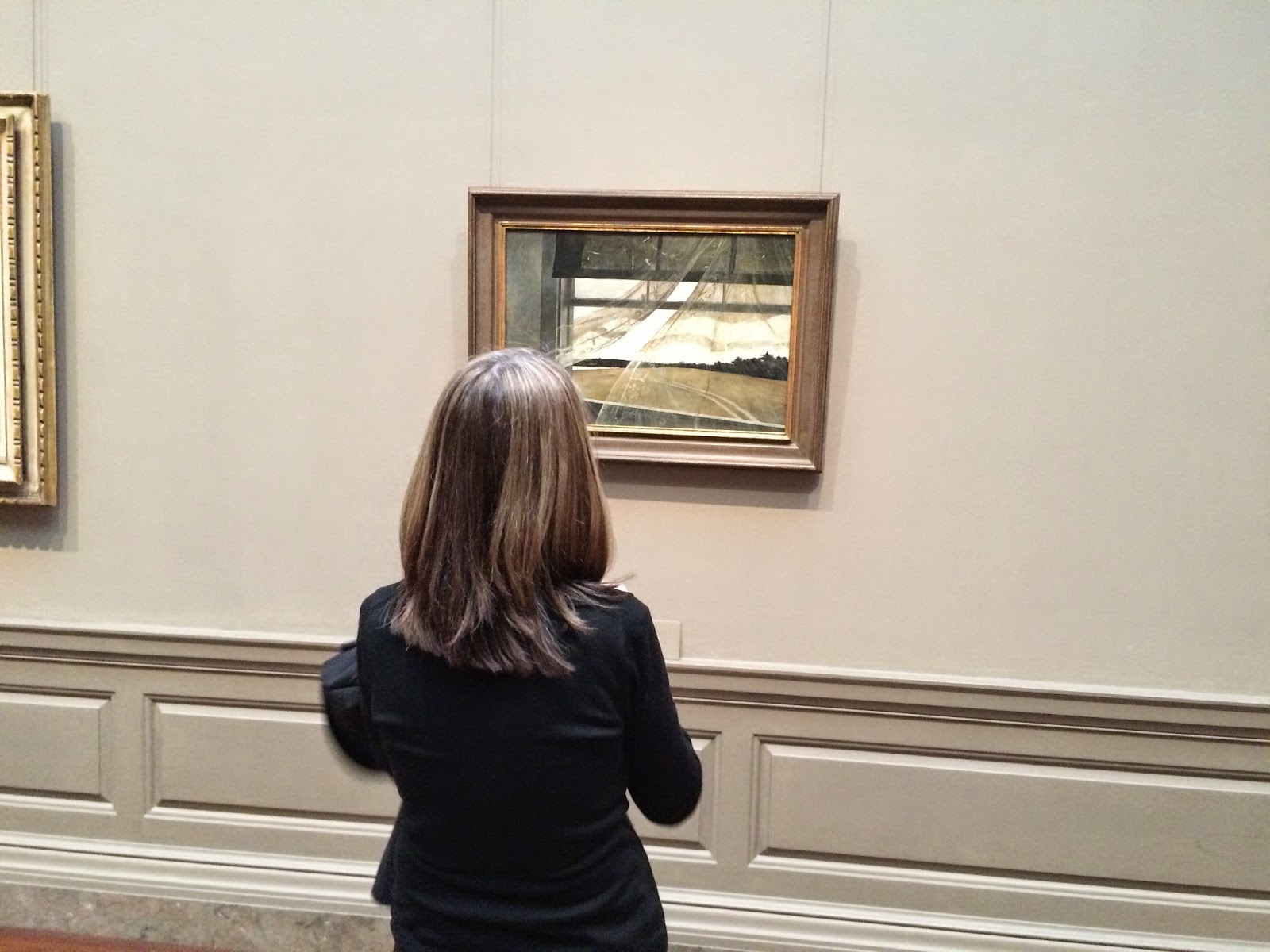As Jill is in continued debate on LinkedIn over whether making prints is a loss of some level of professionalism, I'm reminded of a poem by William Blake, called the "Garden of Love."
I believe the poem is about how man-made limitations or boundaries are put on us and limits our ability to grow (and wonder) outside of the constraints of civilization. It is necessary to have obedience (to the law) but what a shame what is lost in the process.
Here's William Blake's "The Garden of Love":
I went to the Garden of Love,
And saw what I never had seen;
A Chapel was built in the midst,
Where I used to play on the green.
And the gates of this Chapel were shut
And 'Thou shalt not,' writ over the door;
So I turned to the Garden of Love
That so many sweet flowers bore.
And I saw it was filled with graves,
And tombstones where flowers should be;
And priests in black gowns were walking their rounds,
And binding with briars my joys and desires.
How this relates to Jill right now... well, I suppose it relates to all artists that find themselves limited by one thing or another. In Jill's case, it's divergent perspectives from society and peers that define an obscure normative and what is lost is some of self depicted by the graves in the poem. But c'est la vie, non?


